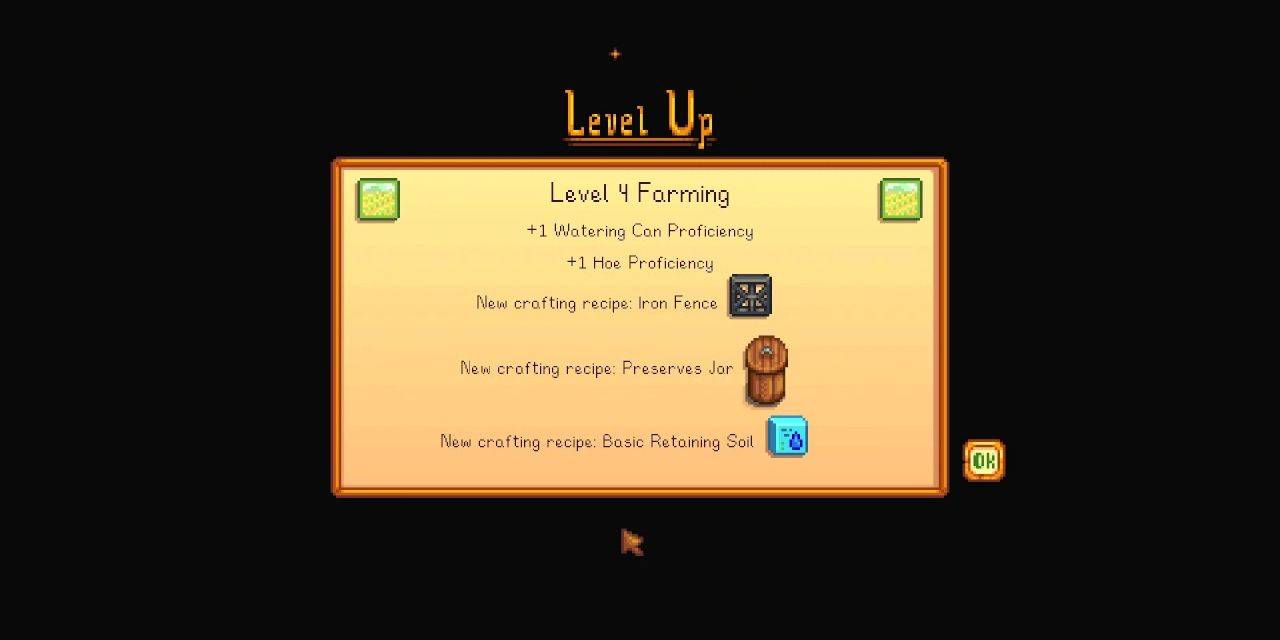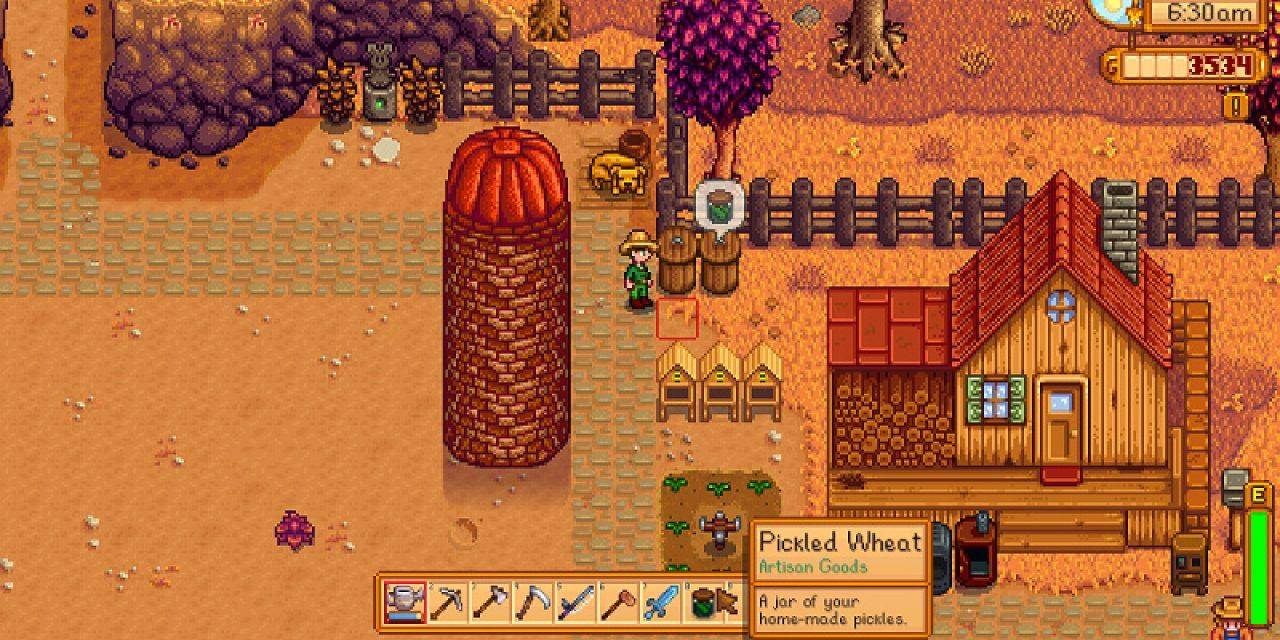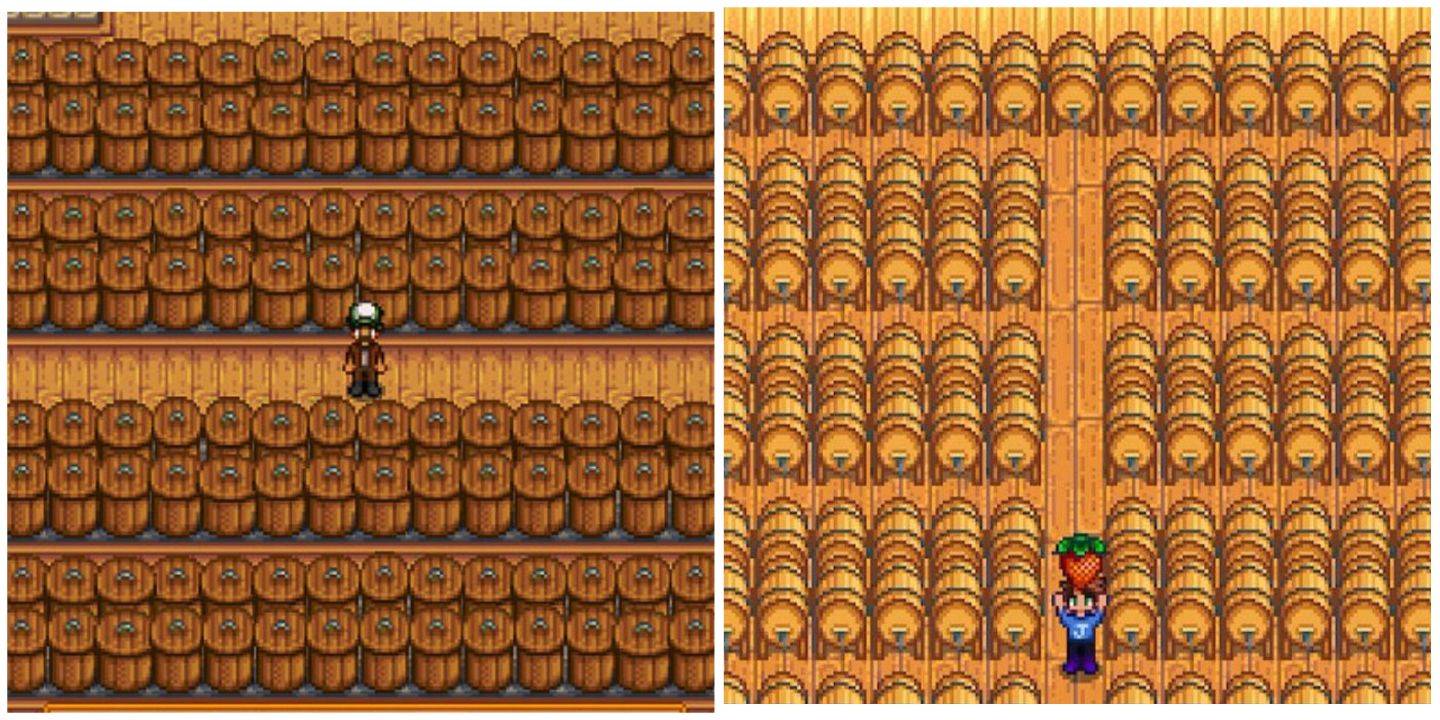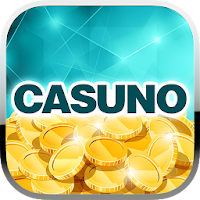Stardew Valley: Preserves Jars Guide
This Stardew Valley guide details Preserves Jars, a crucial tool for maximizing profits from crops and foraged goods. Crafting artisan goods is key to wealth, and Preserves Jars offer an early-game advantage.

Obtaining Preserves Jars:
The recipe unlocks at Farming Level 4, requiring:
- 50 Wood
- 40 Stone
- 8 Coal
These materials are readily available early in the game. You also receive one for completing the Quality Crops Bundle (or Rare Crops Bundle in remixed saves) in the Community Center, and they may appear in the Prize Machine.
Preserves Jar Uses:
Preserves Jars transform various items into artisan goods, significantly increasing their value. The Artisan profession (Farming Level 10) provides a 40% boost to these prices.
| Item Category | Product | Sell Price | Health/Energy | Processing Time |
|---|---|---|---|---|
| Fruit | Jelly | 2x (base fruit value) + 50 | Edible: 2x base energy & health; Inedible: 0.5x value health, 0.225x value energy | 2-3 days |
| Vegetable/Mushroom/Forage | Pickles | 2x (base item value) + 50 | Edible: 1.75x base energy & health; Inedible: 0.625x value energy, 0.28125x value health | 2-3 days |
| Sturgeon Roe | Caviar | 500g | 175 Energy, 78 Health | 4 days |
| Other Fish Roe | Aged Roe | 60 + (base fish price) | 100 Energy, 45 Health | 2-3 days |
Important Considerations:
- Item Quality: The base item value determines the final price, regardless of quality. Use lower-quality produce for maximum profit.
- Edible vs. Inedible: Edible items yield higher health and energy values in their preserved form.
- Poisonous Items: Only items with positive energy values (when eaten) can be pickled.

Preserves Jars vs. Kegs:
Both create artisan goods, but Preserves Jars are more profitable for low-value fruits (<50g) and vegetables/forage (<160g) and process faster. They're essential for Fish Roe and are the only way to increase the value of most mushrooms.

This updated guide incorporates the 1.6 update, which significantly expands the range of forageable items that can be pickled. High-yield, low-value crops like eggplants, wild berries, corn, and tomatoes are ideal candidates for maximizing your profits.























![FurrHouse [Ch. 3]](https://images.dshu.net/uploads/30/1719555089667e54115d59f.jpg)




